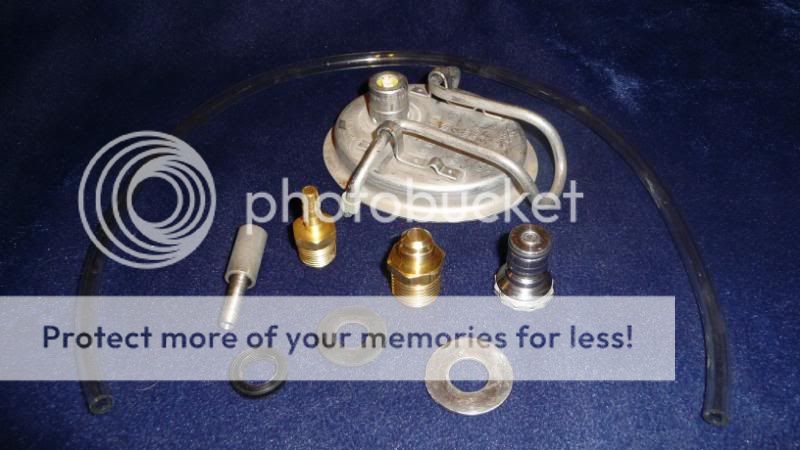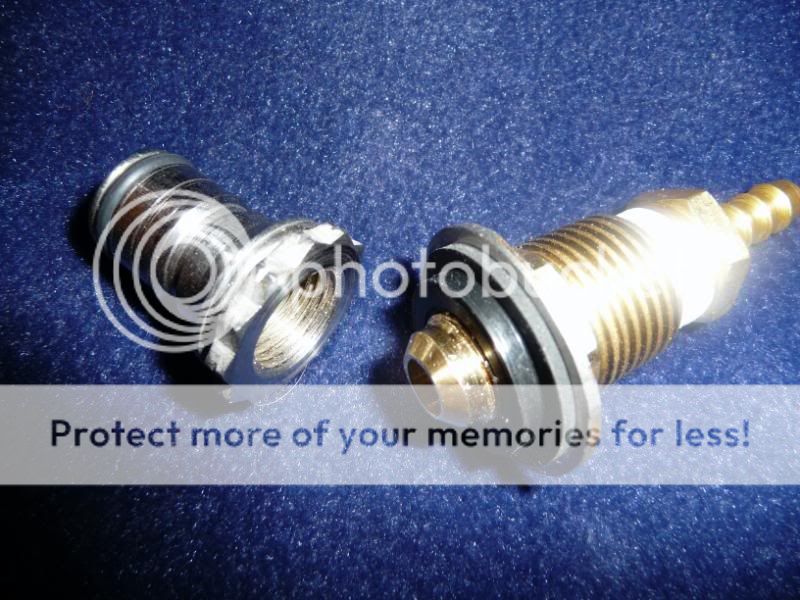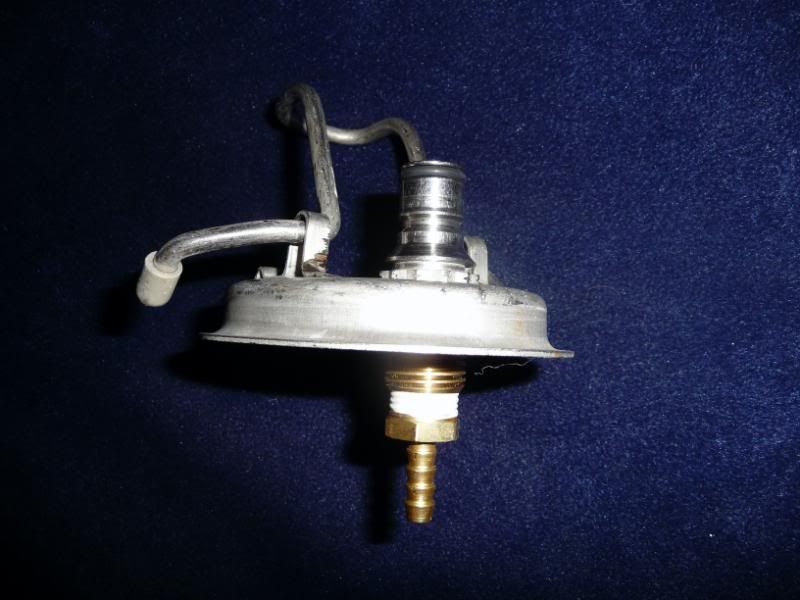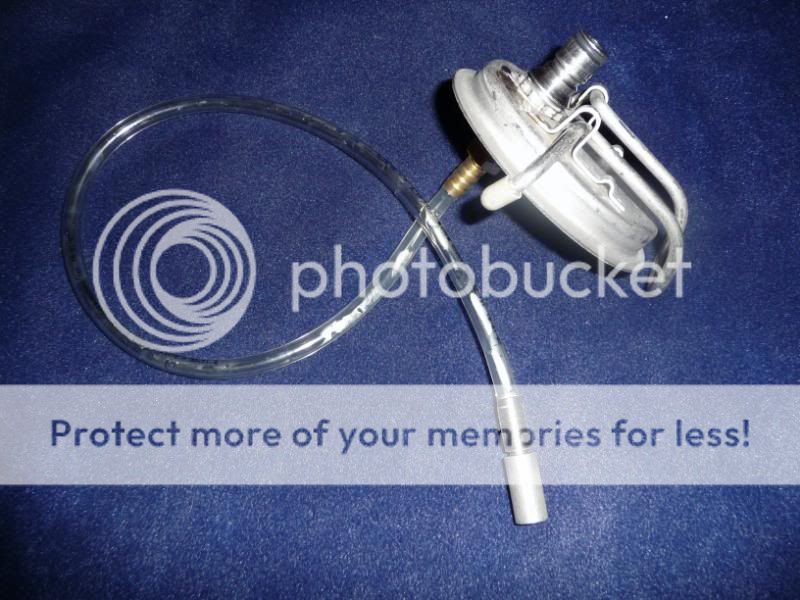I think - and I'm not sure on this answer - but the benefit from the stone is not just surface area..... When you blast carb by gassing through your Out tube, you're forcing bubbles to come up through the beer, instead of going down through the surface. This is an improvement, but the bubbles themself are still big. The stone takes the big bubbles, and makes them thousands of tiny bubbles.
By increasing the surface area of the bubbles themselves..... AND by introducing the tiny bubbles through the bottom of the liquid, not the top, .... you get the idea.









